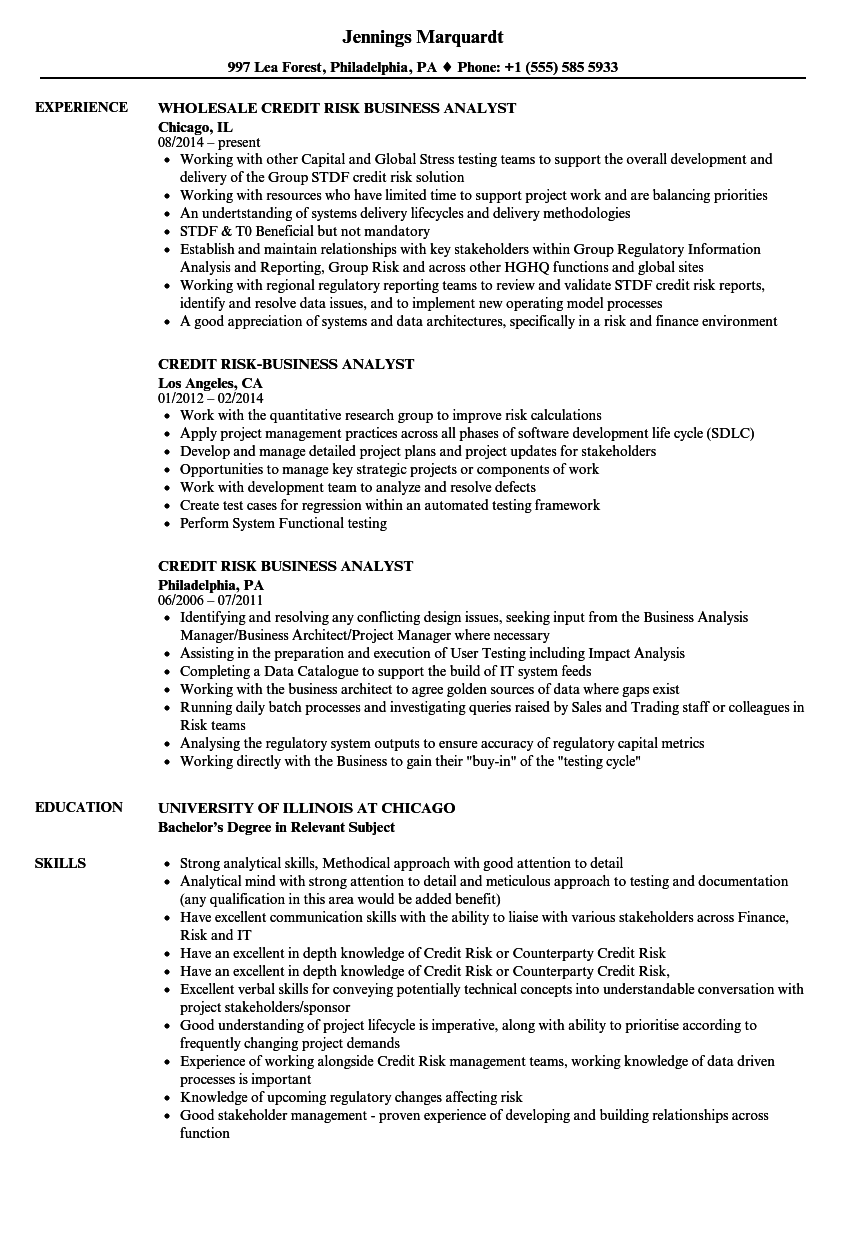


Significantly, visibility into credit utilization and average net working capital helps leverage debt factoring as a cash flow optimization tool.SAS® Risk Engine Make better, faster decisions based on current views of your overall risk exposure. It helps customize the credit policy to limit utilization for high-risk clients and product groups. Our credit advisory model enables the company to devise supply chain financing plans based on the risk profile of the client / product / country. The automated system mitigates risks by ensuring that risk exposure never exceeds the credit limit for any client. Insights into risk ratings, credit strategies and the cost of capital help customize payment terms and modify credit limits to reduce risk exposure. Visual representation of credit and payment patterns as well as aggregated exposure offers business insights to minimize credit losses. Our solution displays future exposure along with the probability of default, and forecasts credit risk up to a year in advance. Our predictive model recommends terms of supply chain credit for each client and product category. The Infosys system boosts working capital and supply chain management at the mining company. It simulated future transactions and created client credit profiles, which helped standardize payment terms. Our model helped determine factors contributing to default behavior and predicted default risk across clients, products and regions. Our risk management algorithms leveraged historical data to generate forecasts for credit performance and accounts receivables. The Infosys credit risk analytics engine analyzed internal and external data of the past four years, including Letters of Credit, bank guarantees, commodity rates, exchange rates, and sales orders. It also revealed that credit limit was not specified for several existing clients and a significant number of new clients, which resulted in excess credit and higher default risk. The model discovered significant mismatch between some payment terms and product categories, which caused a spike in default. In addition, it identified the countries, products, payment terms, and clients with the highest default risk. The analysis revealed patterns in customer ordering and payment behavior as well as credit exposure for clients, products and delivery. Pre- and post-shipment terms for export finance.Net working capital cycle across debtors, inventory, creditors, and cash.Credit limit utilization across business segments.Credit limit assigned vis-à-vis outstanding balance for each client.Days Sales Outstanding (DSO) for each payment term.Our machine learning model correlated payment terms, invoice exposure and credit risk factors across the supply chain by analyzing – It enhanced the accuracy of default analysis, thereby improving forecasting and receivables management. Our credit risk assessment model applied a collaborative membrane to unify data in functional silos such as business development, sales, marketing, and manufacturing. In addition, it identified potential risks across the receivables portfolio as well as potential clients to mitigate risk exposure via debt factoring. The model provided better visibility into credit exposure across the risk spectrum. We created a machine learning model to understand the reasons for payment default and assess the credit worthiness of clients.

We established an Infosys Collaborative Connected Credit COE to implement best practices and distil actionable insights for improving risk management. Infosys delivered a holistic credit risk analytics and management engine by combining IP assets and technology products of leading fintech enterprises.


 0 kommentar(er)
0 kommentar(er)
